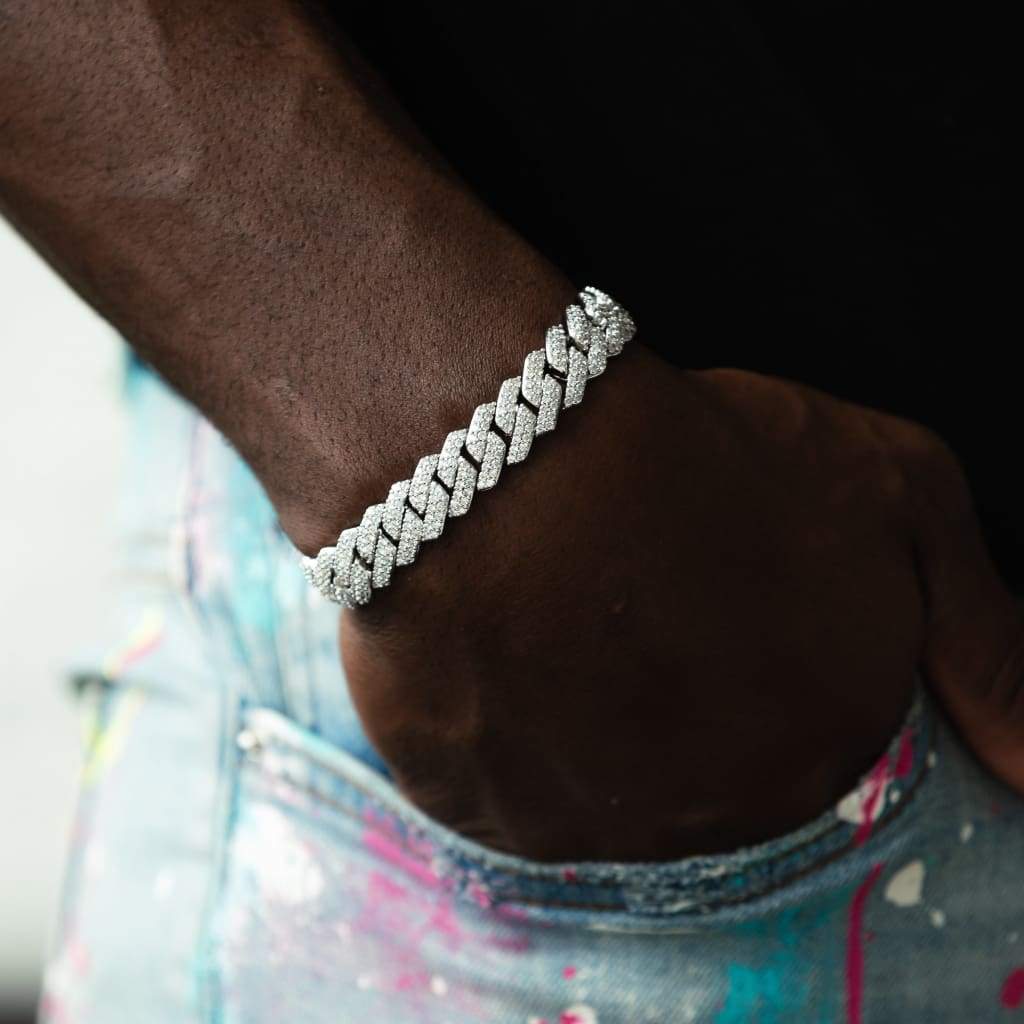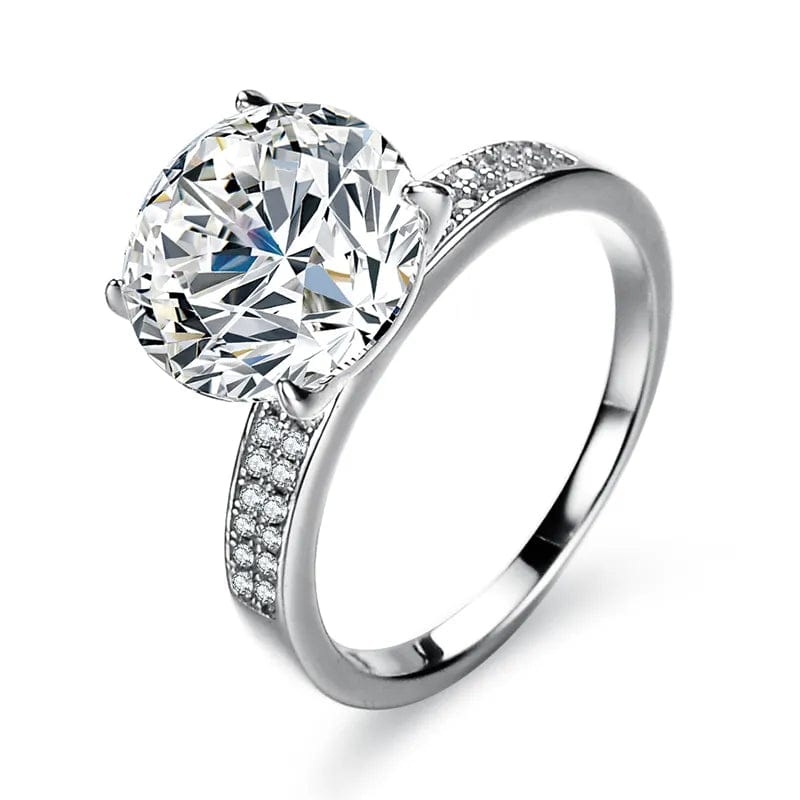
Demystifying Diamonds: A Real Talk Guide to Understanding Their True Value
Diamonds have fascinated people for ages due to their unparalleled brightness and classic charm. Within the realm of exquisite jewelry, they represent wealth, affection, and dedication. But deciphering the real worth of diamonds may be a challenging task, filled with intricacy and technical terms used in the industry. This guide aims to demystify diamonds, offering clear insights into what makes these precious stones so valuable and how they compare to alternatives like moissanite jewelry.
Understanding Diamonds and Their Unique Properties
-
Nature's Marvel: Diamonds are more than just aesthetically pleasing gemstones; they are feats of nature. Formed deep within the Earth under extreme pressure and temperature, diamonds are the hardest natural material known to man. This hardness not only contributes to their allure but also to their durability and longevity as a choice for diamond jewelry.
-
The 4 C's of Diamond Value: The value of a diamond is traditionally determined by four key factors - Cut, Color, Clarity, and Carat weight. Each of these attributes plays a crucial role in defining the overall quality and worth of diamond jewelry.
- Cut: The cut of a diamond determines its brilliance and sparkle. A well-cut diamond will reflect light beautifully.
- Color: Diamonds are graded on their color, from colorless to light yellow or brown. Generally, the less color a diamond has, the higher its value.
- Clarity: Clarity refers to the absence of inclusions and blemishes. The clearer a diamond, the more valuable it is.
- Carat Weight: Carat weight measures a diamond's size. Larger diamonds are rarer and, thus, more valuable.

Comparing Diamonds with Moissanite Jewelry
Moissanite, a popular alternative to diamonds, has gained traction in the jewelry market. It resembles diamonds in appearance but differs in composition and properties. Here’s how they compare:
- Appearance: While moissanite mimics the look of a diamond, it has a different refractive index, leading to a more colorful sparkle.
- Hardness: Although moissanite is durable, it's not as hard as a diamond. Diamonds score a 10 on the Mohs scale of hardness, while moissanite comes close at 9.25.
- Price: Moissanite jewelry is generally more affordable than diamond jewelry, making it an attractive option for those on a budget.
The Market and Cultural Influence on Diamond Value
The value of diamonds isn't solely based on physical properties. Market demand, cultural significance, and historical context play substantial roles.
- Market Demand: Diamonds have been marketed brilliantly over the decades, solidifying their status as the ultimate symbol of luxury and romance.
- Cultural Significance: Culturally, diamonds are deeply embedded as symbols of wealth, power, and love, especially in the context of engagement rings and wedding jewelry.
Jewelry Value Beyond the Gemstone
When assessing the value of diamond jewelry, it's important to consider factors beyond the gemstone itself.
- Design and Craftsmanship: The design and craftsmanship of the jewelry piece contribute significantly to its overall value.
- Metal Setting: The type of metal used (like gold, platinum, or silver) also affects the value of the jewelry.
- Brand and Heritage: Renowned brands or pieces with historical significance can command higher prices.

Caring for Diamond Jewelry
To maintain the value of diamond jewelry, proper care is crucial. Regular cleaning, safe storage, and periodic professional check-ups can keep your diamonds in pristine condition.
Ethical Considerations and Sustainability
In recent years, the diamond industry has faced scrutiny over ethical and sustainability practices. Ethically sourced diamonds and lab-grown options are becoming increasingly popular among consumers who value sustainability and ethical considerations in their jewelry choices.

Investing in Diamonds: A Long-Term Perspective
Investing in diamonds can be lucrative, but it requires a long-term perspective and understanding of the market. Factors like rarity, demand, and economic conditions can influence the investment potential of diamonds.
Understanding the true value of diamonds goes beyond their glittering surfaces. It encompasses a combination of natural properties, market dynamics, cultural significance, and personal preferences. Whether opting for traditional diamond jewelry or exploring alternatives like moissanite, an informed approach is key to appreciating and investing in these precious stones. Demystifying diamonds allows us to not only recognize their worth but also make informed decisions that align with our values and needs.

